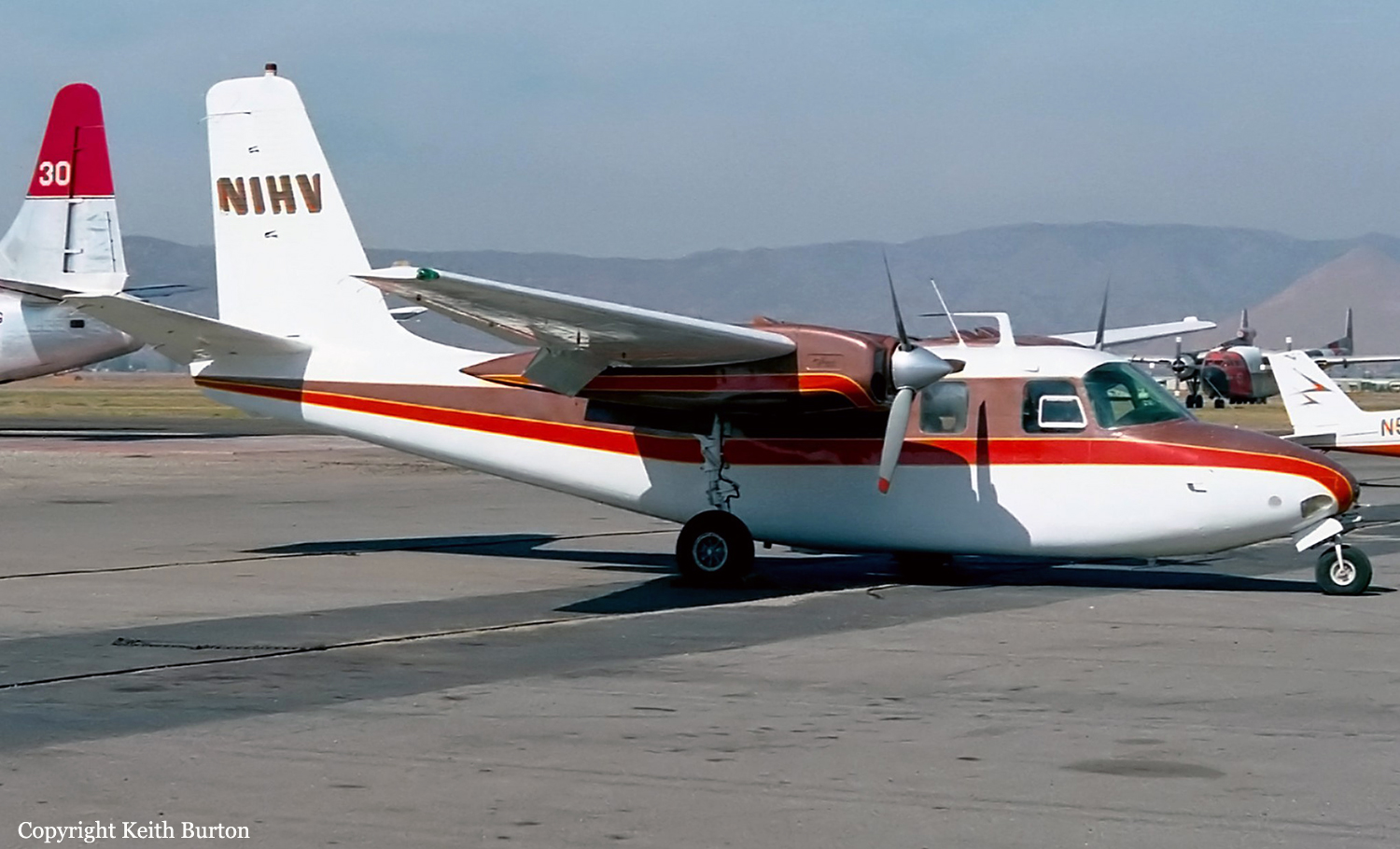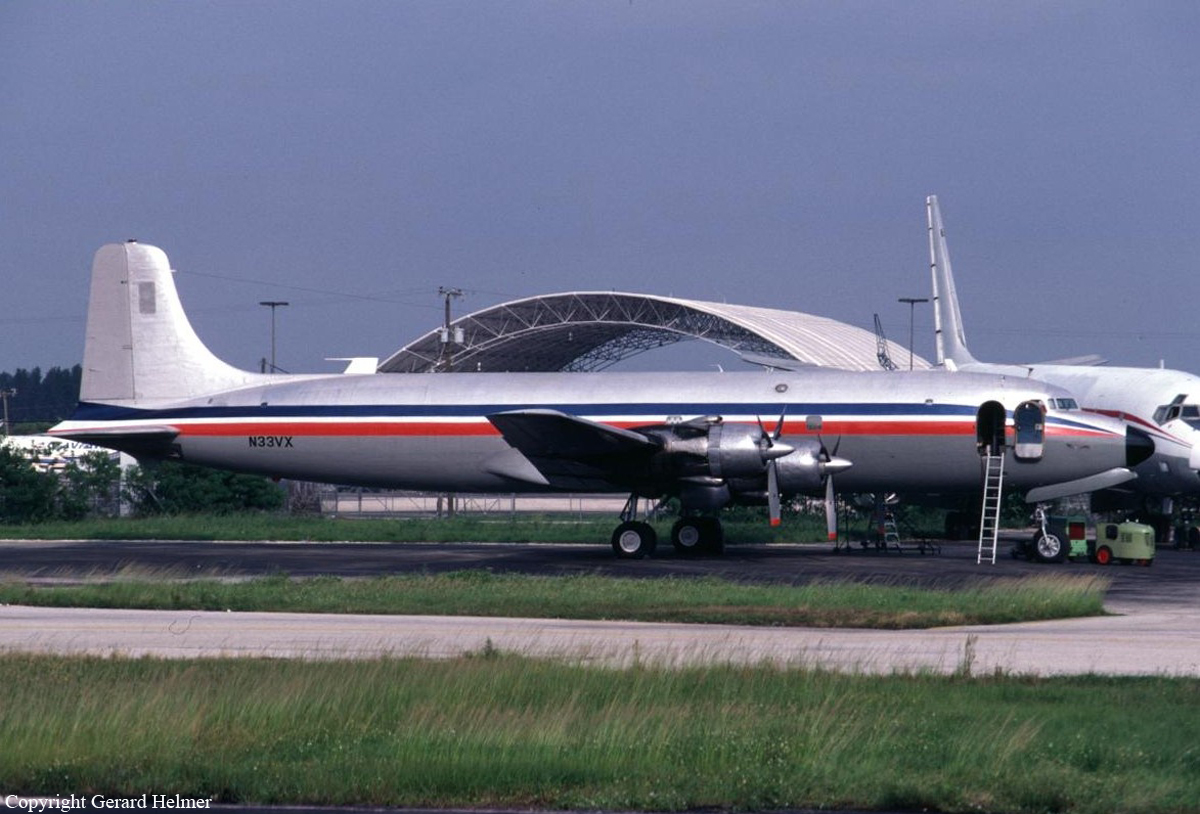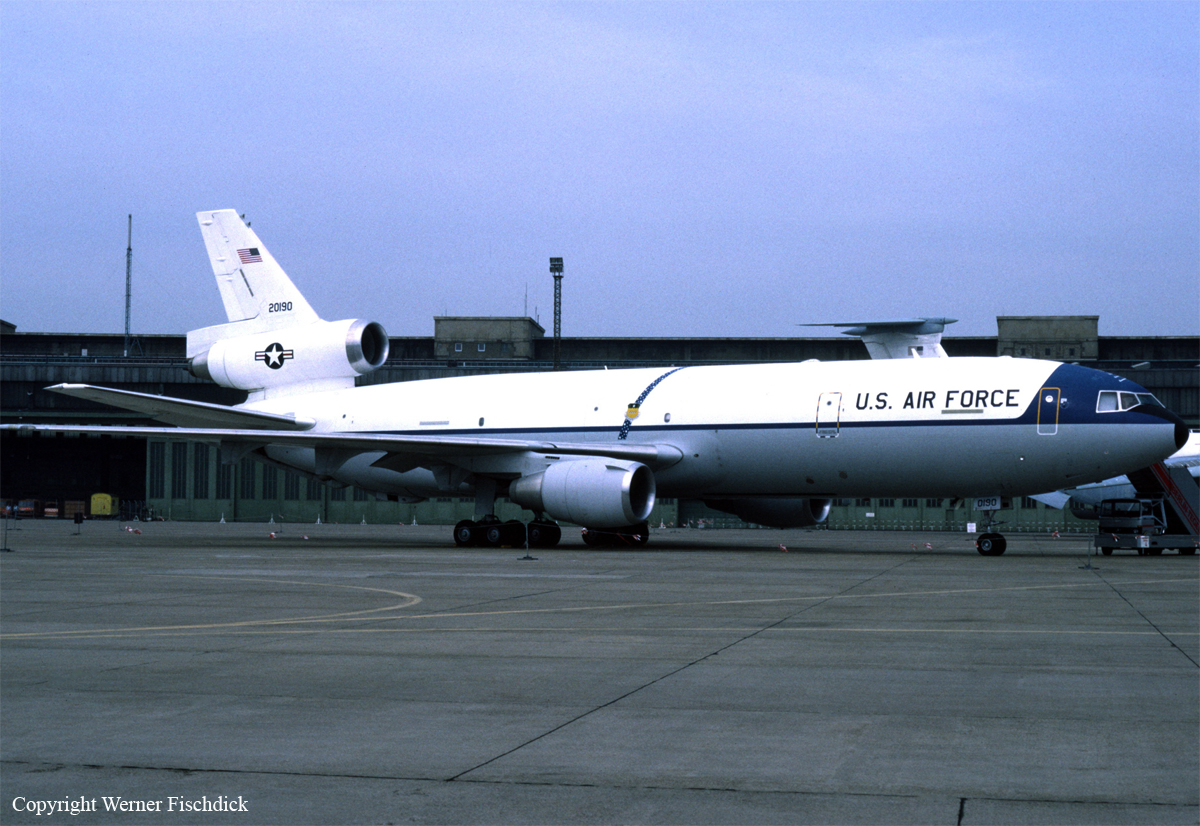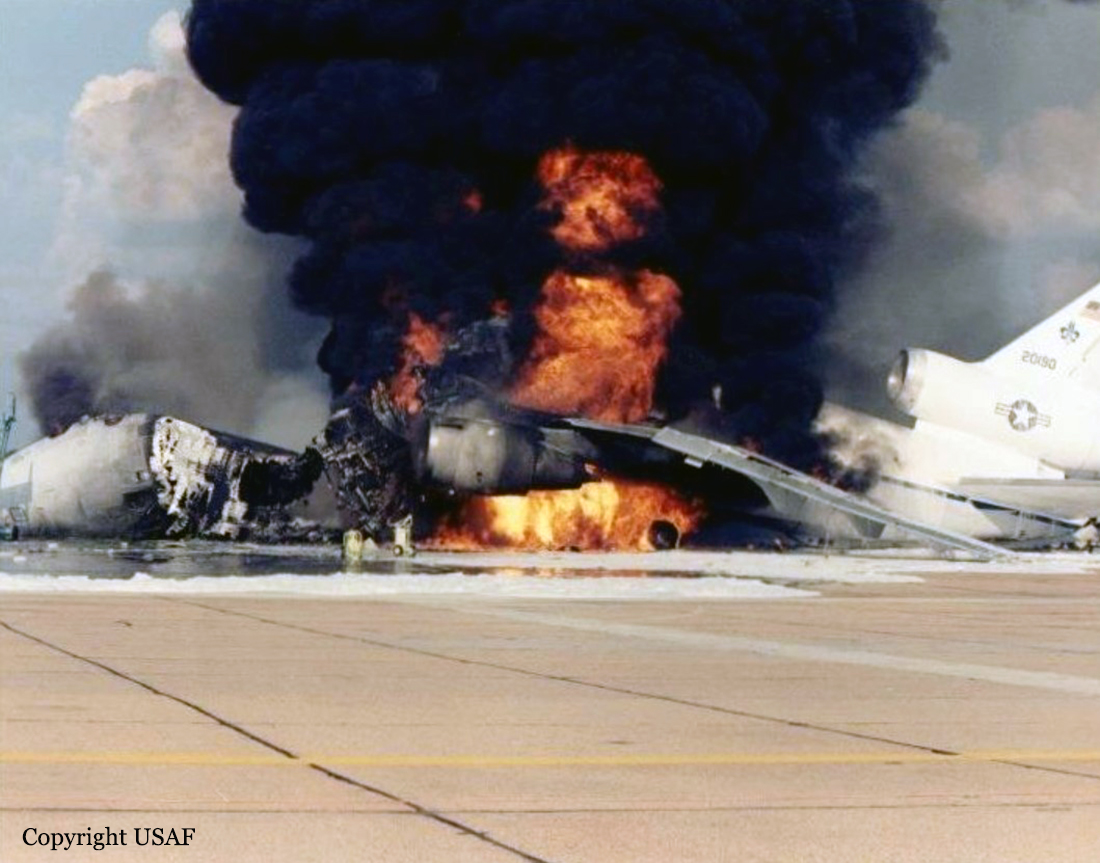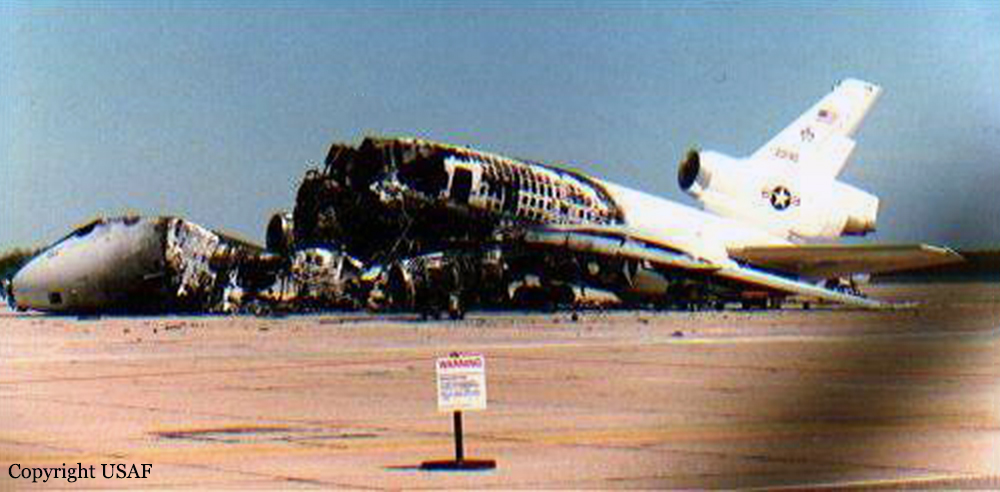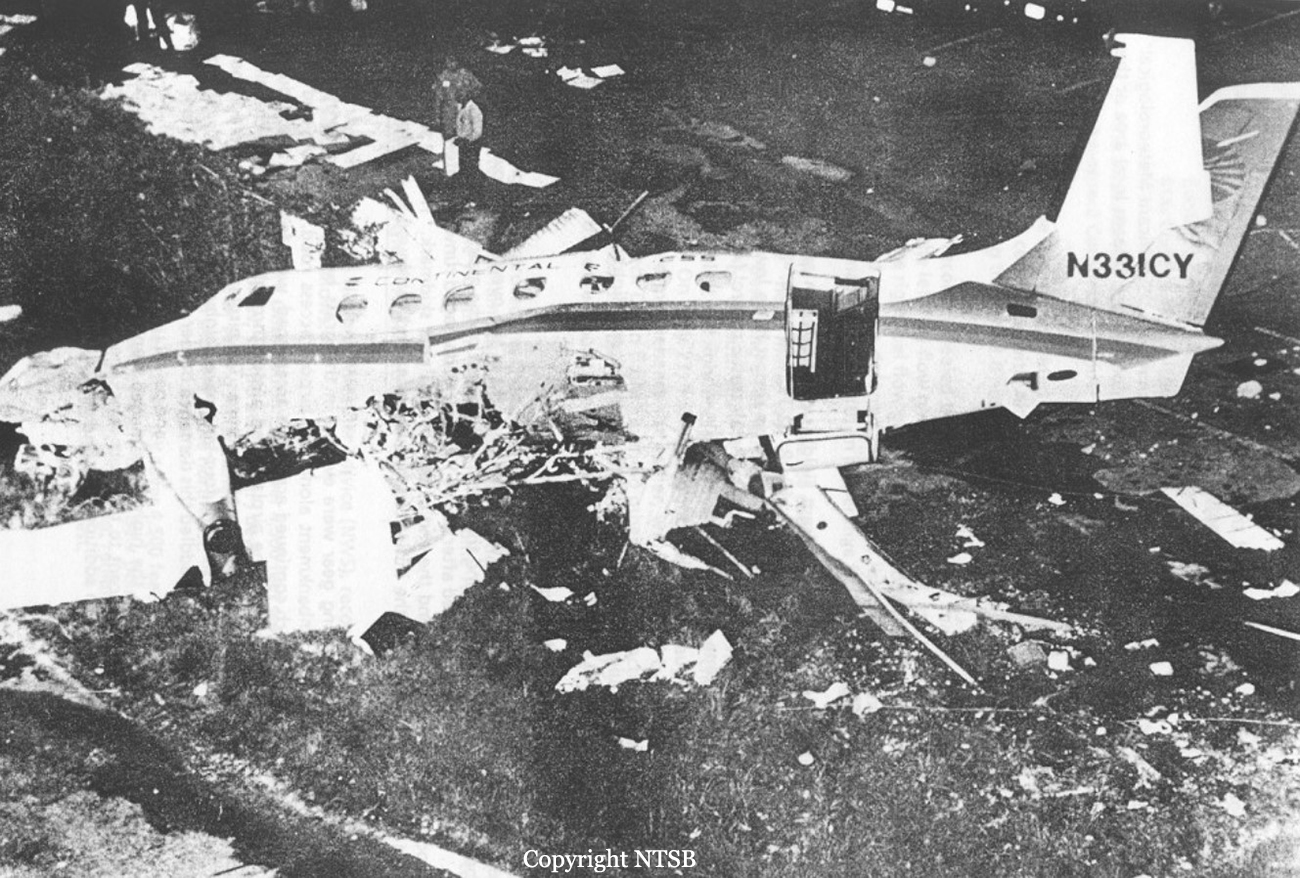Crash of a Beechcraft E90 King Air in New Roads: 5 killed
Date & Time:
Jun 23, 2005 at 1900 LT
Registration:
N62BL
Survivors:
No
Schedule:
Jonesboro – New Roads
MSN:
LW-272
YOM:
1978
Crew on board:
1
Crew fatalities:
Pax on board:
4
Pax fatalities:
Other fatalities:
Total fatalities:
5
Captain / Total hours on type:
1790.00
Aircraft flight hours:
7166
Circumstances:
A 4,000-hour multi-engine private pilot lost control of the airplane while performing a go-around maneuver. The airplane subsequently pitched up, stalled and impacted a corn field in a nose low attitude where a post-impact fire ensued. Communications data and radar data compatible with the Radar Audio Playback Terminal Operations Recording (RAPTOR) program was used to plot the airplane's flight path on a topographical map. The plots appeared to indicate the airplane was on final, left of the extended runway 36 centerline. Detailed post-accident examinations of the airframe, engines and propellers were conducted and no anomalies were noted.
Probable cause:
The pilot's failure to maintain airspeed and subsequent loss of control during a go-around maneuver.
Final Report:

